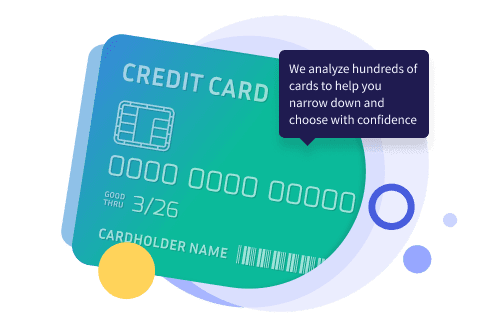Need a break from high-interest credit card debt? Balance transfer cards like the Wells Fargo Reflect® Card and the Citi® Simplicity® Card offer 0% APR periods on transfers, letting you consolidate and pay down balances without ongoing interest charges.
As you explore options, consider factors such as introductory APR duration, balance transfer fees and credit score requirements to find your perfect match. Dive into our curated list of top contenders and discover how a strategic transfer can lead to substantial savings.













